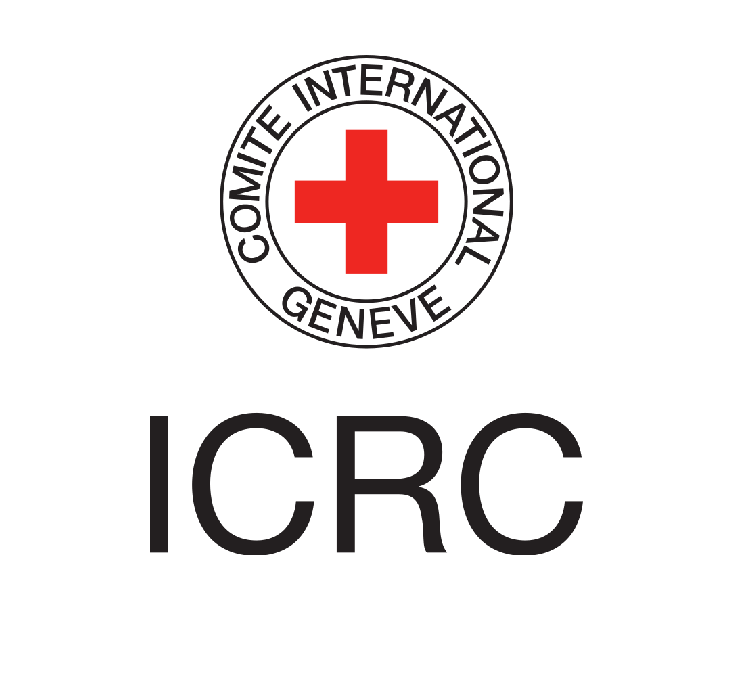Many Ukrainian fighters remain in Azovstal, ICRC registers those surrendering
Russia's siege of the Ukrainian city of Mariupol stuttered towards its end on Thursday, with hundreds of fighters still holed up in the catacombs of the Azovstal steel works and some 1,700 who have already surrendered facing an uncertain fate. A full abandonment of the bunkers and tunnels of the bombed-out plant would end the most destructive siege of a war that began when President Vladimir Putin ordered the invasion of Ukraine on Feb. 24.

Russia's siege of the Ukrainian city of Mariupol stuttered towards its end on Thursday, with hundreds of fighters still holed up in the catacombs of the Azovstal steelworks and some 1,700 who have already surrendered facing an uncertain fate.
A full abandonment of the bunkers and tunnels of the bombed-out plant would end the most destructive siege of a war that began when President Vladimir Putin ordered the invasion of Ukraine on Feb. 24. But it was unclear how many fighters remained inside.
Russia's defense ministry said 771 fighters from the Azov Regiment - vilified by Russia - had surrendered in the past day, bringing the total of those who had given themselves up since Monday to 1,730. Ukrainian officials, however, declined to comment, saying it could endanger rescue efforts.
Denis Pushilin, head of the Russian-backed separatist Donetsk People’s Republic, which now encompasses Mariupol, said more than half the Ukrainian fighters had surrendered, and that the uninjured had been taken to a penal colony at Olenivka, near Russian-controlled Donetsk. "Let them surrender, let them live, let them honestly face the charges for all their crimes," he told the Solovyov Live online video channel.
Russia needs the city, one of Ukraine's main seaports, to cement its control of the swathe of land it has seized along Ukraine's coast, reaching all the way west to annex Crimea. But the city is now an urban wasteland shattered by artillery and street-by-street fighting.
Before the war, its population was around 430,000. Pushilin said 200,000 remained, although Ukrainian officials have said it is only half that number. GENEVA CONVENTIONS
Ukrainian President Volodymyr Zelenskiy says Mariupol's last defenders - regular soldiers as well as members of the National Guard, to which the Azov Regiment belongs - are national heroes, and that he hopes they can be exchanged for Russian prisoners. Moscow, though, portrays the regiment, which began as an extreme-right nationalist paramilitary organization, as one of the main perpetrators of the alleged radical anti-Russian nationalism and neo-Nazism which it says threaten Ukraine's Russian speakers.
The unit, formed in 2014 as a militia to fight Russian-backed separatists, denies being fascist, racist, or neo-Nazi, and Ukraine says it has been reformed away from its radical nationalist origins to be integrated into the armed forces. The Kremlin said the combatants would be treated in line with international norms, though some Russian lawmakers demanded they be put on trial for war crimes and one demanded they face the death penalty.
The Swiss-based International Committee of the Red Cross, the guardian of the Geneva Conventions, said it had registered those leaving the Azovstal plant, to keep track of prisoners and stay in touch with their families. It also explicitly set out the rules of the Conventions, the body of international law relating to the treatment of captured military personnel and civilians.
"Under the 1949 Geneva Conventions, the ICRC must have immediate access to all POWs in all places where they are held," it said. "The ICRC must be allowed to interview prisoners of war without witnesses, and the duration and frequency of these visits should not be unduly restricted."
(This story has not been edited by Devdiscourse staff and is auto-generated from a syndicated feed.)
ALSO READ
Pope shows off rosary of slain Ukrainian soldier, denounces 'madness of war'
Putin ally points finger at Ukrainian special services for concert shooting, cites no evidence
Ukrainian military denies Russian forces have reached suburbs of Chasiv Yar
Russia says it downed 53 Ukrainian drones overnight, RIA reports
Russia renews big attacks on Ukrainian power grid using better intelligence and new tactics










